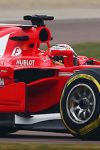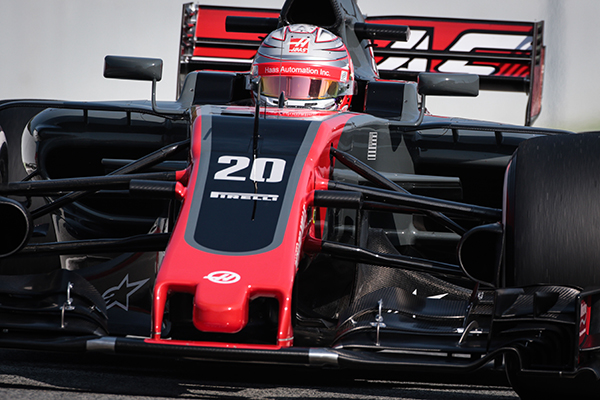After a fourth consecutive winless campaign in 2016, McLaren has undergone major changes over the winter that go beyond the new orange livery and acronym of its 2017 car. Nicolas Carpentiers digs deeps into the Honda-powered, Peter Prodromou-designed MCL32.

A CLOCKWORK ORANGE
When the 2017 technical regulations were being put together last year, the FIA received several proposals and eventually picked what was presented as the “McLaren” solution over Red Bull’s concept, which was deemed too dangerous by the likes of Mercedes and Pirelli.
Does this mean the Woking-based outfit will get an early edge this year? Yes and No. Yes, because chief engineer Peter Prodromou, who used to work under the stewardship of design genius Adrian Newey at Red Bull, has usually been good at making the most of a new set of regulations. And no, because the McLaren plan was a just broad outline and did not include any specific design.
“For us we spent quite a long time defining the fundamental concept for this car,” Prodromou told Fox Sport. “We actually started this project a good 18 months ago. The lion’s share of our time has been aimed at putting together a good foundation.
“So we’re in that luxury position where we’re finding very good gains at the moment. I think for us the main challenge is to convert those gains to the track as quickly as possible.
“That’s is what we are deeply involved in at the moment, trying to get upgrades on the car as quickly as we can.”
The front end of the MCL32, whose name is a departure from the MP4 appellation used under ousted chairman Ron Dennis, stands out by its elongated front wing pillars.
Actually, the Renault R.S.17 features equally long pillars but the McLaren ones are pierced with slots to guide the airflow towards the splitter, working in conjunction with the vertical fin placed under nose.
The design is an evolution from last year’s supports, which had one opening against three on the 2017 setup. The new layout also has an aperture where the pillar and nose meet.
The front wing of the launch car sports arched tunnels on its outer sections, which are aimed at producing vortices that push the air around the tyre and were one of the main design trends seen in 2016.
This might come as a surprise considering that McLaren tested another concept, with a flatter board, at the 2016 United States Grand Prix. Interestingly, Sauber has picked up this idea for its new C36.





